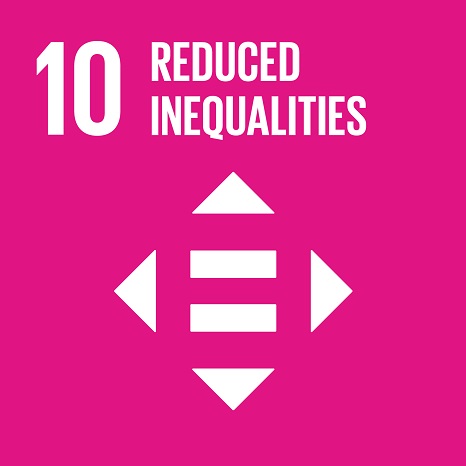Mapping working-class architecture. A survey of Loures, in the Lisbon Region.
Event Title
ENHR 2022
Year (definitive publication)
2022
Language
English
Country
Spain
More Information
Web of Science®
This publication is not indexed in Web of Science®
Scopus
This publication is not indexed in Scopus
Google Scholar
This publication is not indexed in Overton
Abstract
Dealing with concerns over authorship, originality or cultural paradigms, architectural history usually focuses on what amounts to a very limited number of architectural works. Despite their eventual qualities, they cannot fully account the human habitat, which is commonly built through continuity and without the involvement of architects. Such criticism of architectural history has been long suggested by other knowledge areas such as geography or anthropology.
Working-class housing, often built speculatively, with basic construction techniques is, despite notable exceptions, a kind of architecture usually excluded from architectural history, despite its key role in modernizing cities after the Industrial Revolution.
In the Lisbon Region, whose industrial upsurge took place during the 1950s, workers’ housing resulted from a vast array of processes, including legal and illegal speculative development, philanthropy, assistance institutions, and council housing. Despite the limited industrialization that occurred in the city of Lisbon, many of its surrounding municipalities witnessed significant changes. In the late 1940s, the State ordered the design of urbanization plans for many of these areas, but most remained without approval, while the territory kept changing.
Here, a survey is conducted in the Lisbon region, identifying key areas of working-class residence, while highlighting and systematizing whatever housing types do remain today. One municipality was selected for a detailed survey into the more representative types of working-class housing: Loures, located at the northern borderline of Lisbon. Mostly agrarian, this territory integrates a riverside area which was heavily industrialized and today is part of an urban conurbation that connects the municipalities of Lisbon and Vila Franca de Xira but also the rest of the country.
This analysis aims to enrich the architectural history of the Lisbon Region industrialization, while disclosing the key problems facing working-class habitats in today’s Western post-industrial territories.
Acknowledgements
--
Keywords
Working-class housing,Industrialization,Architectural Survey,Lisbon Region,Loures.
Fields of Science and Technology Classification
- Social and Economic Geography - Social Sciences
- Other Social Sciences - Social Sciences
- History and Archeology - Humanities
- Other Humanities - Humanities
Contributions to the Sustainable Development Goals of the United Nations
With the objective to increase the research activity directed towards the achievement of the United Nations 2030 Sustainable Development Goals, the possibility of associating scientific publications with the Sustainable Development Goals is now available in Ciência_Iscte. These are the Sustainable Development Goals identified by the author(s) for this publication. For more detailed information on the Sustainable Development Goals, click here.

 Português
Português




